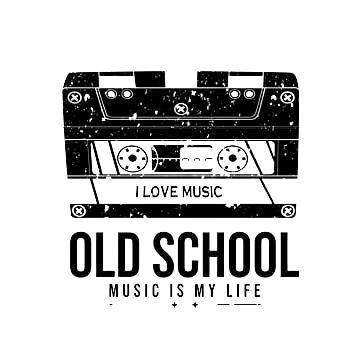Led Zeppelin are considered by many to be one of the most influential rock bands ever to pick up guitars. They originally formed in 1968 with members Robert Plant, Jimmy Page, John Paul Jones and John Bonham delivering a guitar-heavy, blues-infused sound that resonated with audiences worldwide.
Of course, for Led Zeppelin to reach audiences worldwide, getting air time on the radio was massively important. In the ’70s, when the band made a name for themselves, radio play was one of the most effective forms of exposure. As such, it became vital that bands had this. Some were even willing to break the law to get their song played by the big names.
Led Zeppelin had a slightly different approach, though. They were an innovative band with a sound that people were excited to hear, so radio stations were already keen to play them. Their issue came with the length of their songs, given many stretched well over the five-minute mark, a length of time that radio stations were not willing to consider.
As radio stations remained unyielding in their stance, so did Zeppelin. The band knew that one of their main appeals was the atmosphere they could build within their songs, and this was a combination of excellent musicianship and time.
The payoff at the end of ‘Stairway To Heaven’ works so well because of how long it takes us to get there; it literally feels like, as listeners, we have climbed to it. The same goes for the face-melting solo in ‘Whole Lotta Love’ as the long bridge of pick dragged across strings, and Robert Plant’s iconic voice led into that solo perfectly. Suffice to say, the run time wasn’t something Led Zeppelin was willing to compromise on. At an impasse, the band had a unique idea. They had to look like they were getting things wrong to make things go right.
‘How Many More Times’ features on Led Zeppelin’s 1969 self-titled album. It’s inspired by some old blues songs, as is heard in the way the music progresses and the song’s structure. It feeds into the classic Zeppelin style of not letting up on length for the sake of radio time, but the band were still keen on trying to get it onto the radio. As such, they lied about how long it was.
On the back of the album, the song is listed as being 3:30, but the correct length is 8:28. This tricked radio stations into thinking that the song was shorter than it was, so they were a lot more likely to play it. The song ended up being one of the band’s hits, so much so that they used it to close out many of their gigs.
Radio stations today are still relatively strict on the run time of songs, but because of the digital nature of music, it’s impossible to lie about how long a song is. As such, bands that want to build a similar atmosphere to Led Zeppelin’s will have to think of more cunning ways to get their songs air time.

